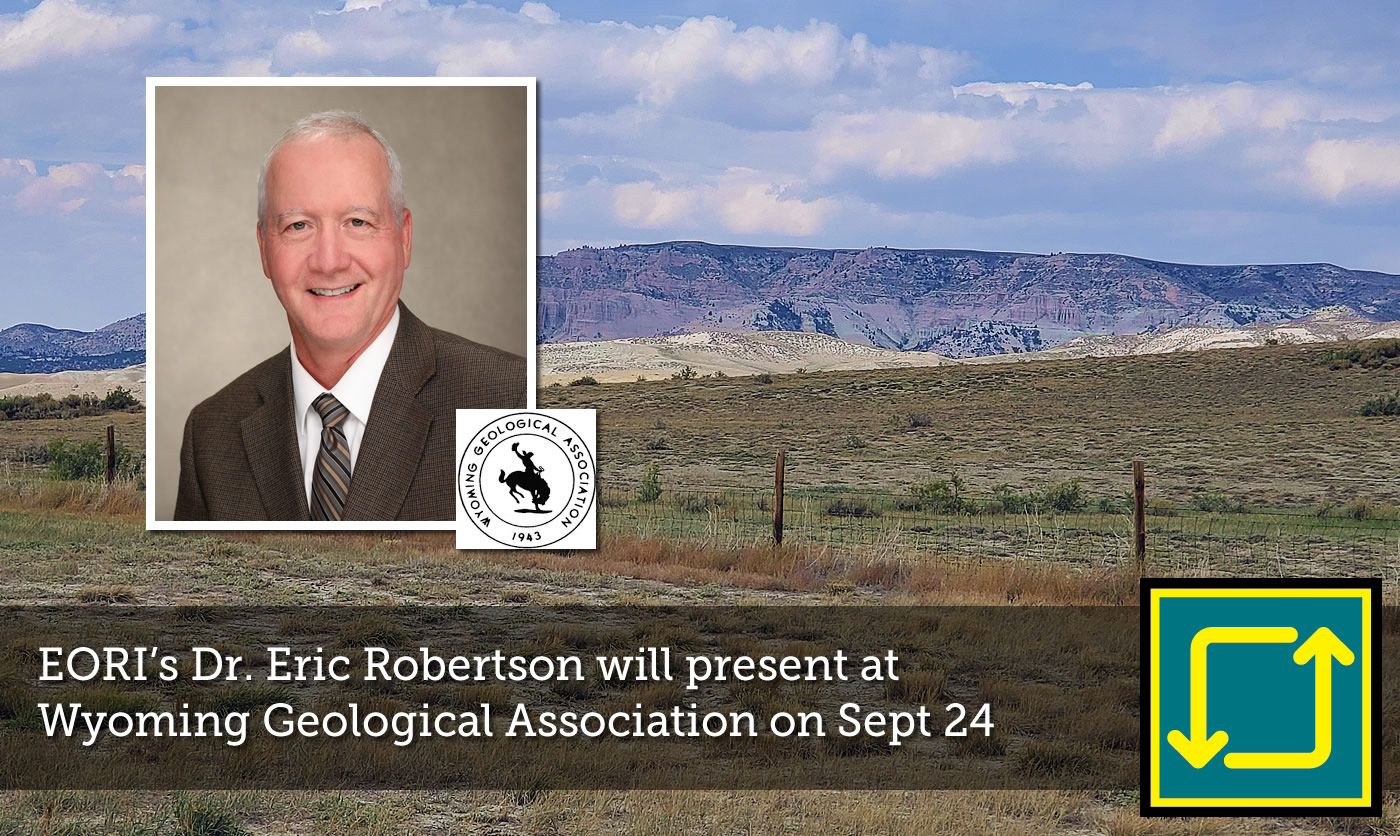Dr. Eric Robertson will present “Economic Analysis of Carbon Dioxide Sequestration in Powder River Basin Coal” at the Wyoming Geological Association’s luncheon on Friday, September 24, 2021 at noon (MDT)
Coalbeds too deep to be economically mined are potentially large storage reservoirs for the sequestration of anthropogenic CO2 and offer the benefit of enhanced methane production, which can offset some of the costs associated with CO2 sequestration. The objective of this talk is to present results of work studying the economic feasibility of CO2 sequestration in unminable coal seams in the Powder River Basin of Wyoming.
To listen to Dr. Robertson’s presentation via Zoom, please RSVP to
Read Dr. Robertson’s abstract and biography here.
Eric’s entire abstract and Biography
Abstract:
Coalbeds too deep to be economically mined are potentially large storage reservoirs for the sequestration of anthropogenic CO2 and offer the benefit of enhanced methane production, which can offset some of the costs associated with CO2 sequestration. The objective of this talk is to present results of work studying the economic feasibility of CO2 sequestration in unminable coal seams in the Powder River Basin of Wyoming. Economic analyses of CO2 injection options are compared. Results show that injecting flue gas to recover methane from CBM fields is marginally economical; however, this method will not significantly contribute to the need to sequester large quantities of CO2. Separating CO2 from flue gas and then injecting the separated CO2 into the PRB unminable coal seams is also currently uneconomical, but can effectively sequester over 86,000 tons (78,200 tonne) of CO2 per acre while recovering methane to offset costs. The cost to separate CO2 from flue gas was identified as the major cost driver associated with CO2 sequestration in unminable coal seams. Improvements in separations technology alone are unlikely to drive costs low enough for CO2 sequestration in the PRB’s unminable coal seams to become economically viable. Breakthroughs in separations technology could aid the economics, but they cannot achieve the necessary cost reductions for breakeven economics without incentives.
Biography:
Dr. Eric Robertson is a licensed engineer with engineering experience from the laboratory to the field. He has written and presented over 30 papers at industry symposia and conferences. His areas of expertise include enhanced oil recovery, coalbed methane, CO2 sequestration, reservoir simulation, techno-economic feasibility studies, and research and development. Eric has over 30 years of experience in the industry with Wyoming’s Enhanced Oil Recovery Institute, Baker Hughes, GE Oil & Gas, Shell International, and Idaho National Laboratory; and has received 5 patents for his work over the years. Eric received B.S. and M.S. degrees in Petroleum Engineering from the University of Wyoming and a Ph.D. in Petroleum Engineering with a minor in Business Economics from Colorado School of Mines.
Eric has been employed as a Sr. Reservoir Engineer at EORI since August 2019.

